Fabric is one of the familiar and essential materials serving the needs of people in daily life. Fabrics have a variety of types, colors, materials, and characteristics that meet all criteria for human use. So where did the fabric come from? What are fabric and fiber related? What is the application of fabric in life? Let’s refer to the article below for more useful information!

Where does fabric come from?
Fabric is a common name for a material with softness, firmness, …. Used in life to sew costumes, utensils and household utensils ; Over time, as society has developed, fabric has also been applied in the field of healthcare, parachute fabric technology, hot air balloons and even art. Since ancient times, fabric was born derived from fibers in nature by growing cotton, raising silkworms,… Gradually, according to the continuous development of science and technology, fabrics are created from both mineral and chemical fibers,… with breakthroughs in functions, quality, uses, colors, types.
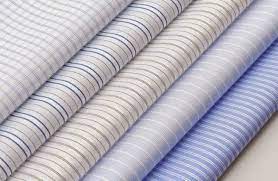
Fabric production process
Fibre
-Fiber is the input material for fiber.
-Which is classified into 2 main types:
- Natural fibers are formed in nature such as: cotton tree, silk ,…
- Artificial fibers are formed from chemicals, metals … regenerated by humans from metal residues, fuels … through the process of using temperature and catalysts to form fibers.

– Preliminary processing:
- Cleaning raw cotton: This step removes impurities and seeds of the cotton plant that remain in the cotton.
- Cotton mixing: Cotton materials from various sources are mixed well and formed into a tangled tuft.
- Combing: Tangled tufts are combed into small tufts with small fibers of equal length and placed parallel to each other. Cotton fibers that are too short will be discarded.
- Photo of cotton preliminary processing
Spinning
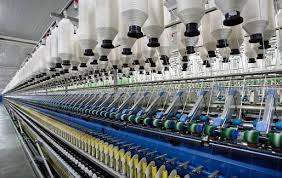
The cotton tufts after brushing will be transferred to the spinning machine. Here, the cotton will be spun into yarn, depending on the requirements of the production, the twist, thickness, weight and degree of uniformity of the cotton fiber will be determined. The cotton fibers will come out of the tractor’s release hole and then be wound into the thread.
– Each type of yarn will have a different structure, ruffle, evenness, durability, wear resistance, fiber breaking rate, so the price will be different (this will depend on the requirements and purposes of customers for production). Fibers include the following types:
- Ring yarn consists of CM and CD yarn
- Syrup Yarn
- OE Fiber
- MVS Yarn
Fiber grafting stage:
After processing the fibers into short fibers, workers will mix the processed short fibers in a preset ratio to obtain the material required by the customer (eg: 65% cotton + 35% polyester)
Dyeing Yarn
Raw cotton after being spun into yarn will be carried to dye. Dyed yarns are used to weave the vertical line of denim while non-dyed fibers are used to weave weft yarns. Usually in the yarn dyeing process, people proceed in three steps including yarn layout, pre-dyeing treatment and dyeing.
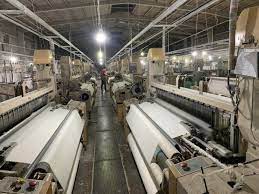
Filament Lake
The fiber pooling process is an indispensable work in the fiber processing process, which makes the fiber stiffer, more durable and resistant to physical and chemical effects. Usually for plants, the fiber pool process is introduced immediately after the dyeing process is finished. One point worth noting is that this thread pool process applies only to warp fibers, so one can perform this process immediately after dyeing (the dyeing process is also only for warp fibers).
Weaving fabric
The conventional weaving process will adopt the weaving or knitting method. It is also conducted using a loom to link the wefts, warp threads that form the canvas.

Fibrosis:
-Workers will proceed to hook yarn on the machine to prepare for weaving
Weave:
-The weaving process uses weaving or knitting methods. Use by loom to bond the weft, warp fibers that make up the fabric.
-To create fabric, there must be specifications:
- Fiber index, fiber parameters (small size of fiber)
- Fiber density (quantity in fabric surface)
-Including 4 popular types of looms:
- Sword Loom
- Gas loom
- Loom loom
- Water loom
-In which there are 2 main weaving methods: weaving and knitting
- Woven method: The fabric created from weaving is woven according to the weaving process from weaving weaving threads and warp interwoven perpendicularly. This weaving method is classified into 3 types including: plain textile, wood fabric and satin fabric.
- Knitting method: This is a method of using a weaving needle to bind long threads or silk into different yarn rolls. This weaving process is created by the principle of lifting, lowering and then combining the needle opening and closing of the weaving needle system and woven orange to create.
Post-woven fabric treatment:
-The fabric will be cooked with high pressure and temperature in chemicals to remove lakes or impurities that affect the strength of the fabric. Next, it will make the cotton yarn expand, absorb and make the fabric easy to catch dye.
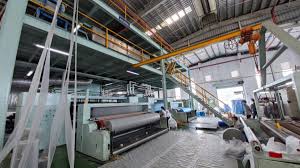
Carpentry fabric
-After weaving, the fabric has a flat smooth fabric surface, when in contact with the skin surface, it will feel a little rough.
Dye
-This is the final stage in the weaving process. Textile dyeing is the use of chemical dyes, or natural dyeing water, to give color to a fabric or a finished canvas. Textile dyeing needs to be done in the right process, to ensure durability, color adhesion as well as ensure the highest quality for the material.
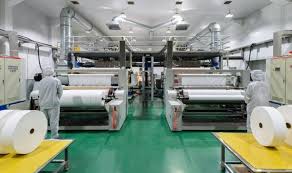
Application of fabric in life
For the garment industry
Fabric is considered the main material to make up garments such as clothes, hats, gloves, socks ,… with a variety of materials, sizes and functions. Serving the needs of daily life.

In addition, fabric is also a raw material for the production of curtains, blankets, sheets, pillows, cushions,… Meet the needs of use, household as well as daily activities.
Besides, for the field of technology, fabric also plays a role as a material formed in engines such as parachutes, car seat fabrics ,…
On the other hand, fabric also plays a very significant role for the art of fashion in today’s society.
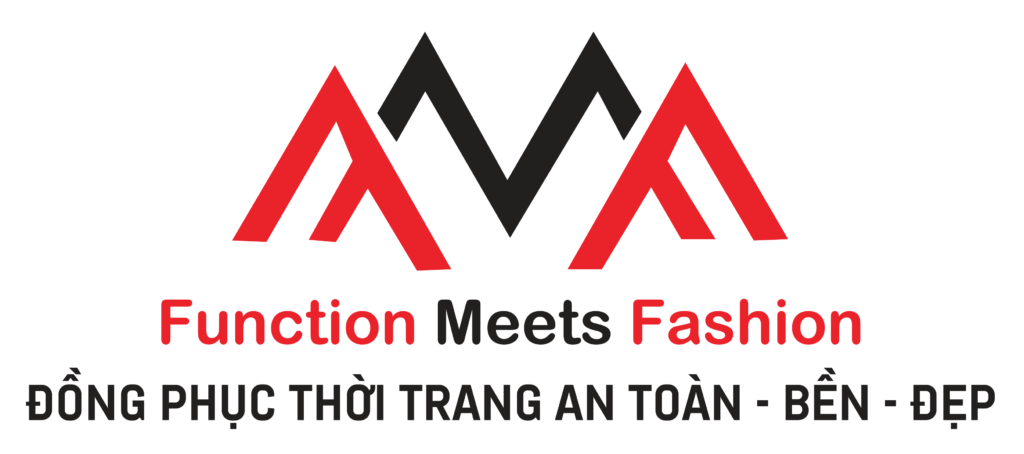














 Tiếng Việt
Tiếng Việt

Sản phẩm
Red And Black Short-Sleeve Workwear Set
Red And Black Long-Sleeve Workwear Set
Blue And Grey Short-sleeve workwear set
BLUE+GREY LONG-SLEEVED WORKSUIT
CHARCOAL+GREY SHORT-SLEEVED WORKWEAR
CHARCOAL+GREY LONG-SLEEVED WORKWEAR
SHORT-SLEEVED REFLECTIVE GRAY WORKSUIT
LONG-SLEEVED REFLECTIVE GRAY WORKSUIT
GREY COORDINATE LONG-SLEEVED NAVY
NAVY POLO JERSEY
POLO BLUE+NAVY JERSEYS FOR MEN AND WOMEN
POLO JERSEY NAVY+WHITE MEN’S/WOMEN’S